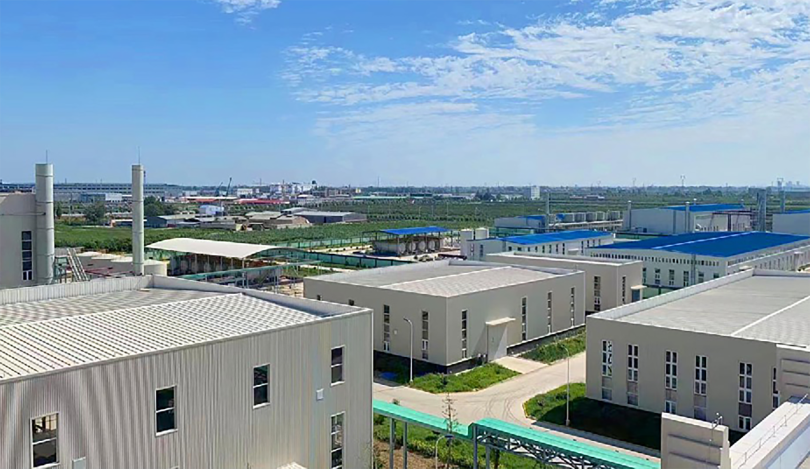
aug . 15, 2024 13:40 Back to list
Exploring the Benefits of Cement Bonding Additives for Enhanced Construction Durability and Performance
The Role of Cement Bonding Additives in Modern Construction
In the ever-evolving field of construction and materials engineering, cement remains a fundamental component in a myriad of applications. However, the rise of modern construction techniques has led to an increasing demand for enhancing the properties of cement-based materials. This need is met through the use of cement bonding additives, which play a crucial role in improving the performance and durability of cement mixtures.
Cement bonding additives are substances added to cement or concrete mixtures to enhance their adhesion properties, thereby improving the bond strength between layers or different materials. These additives are particularly important in applications where traditional cement may struggle to achieve a strong bond, such as in repair works, overlays, and when bonding to different substrates.
One of the primary types of cement bonding additives is polymer-based compounds. These polymers modify the microstructure of the cement matrix and create a more flexible and robust connectivity between the cement and other materials. By incorporating such additives, engineers can significantly improve the tensile strength and resistance to cracking in concrete. This is particularly beneficial in areas exposed to dynamic loads or environmental stressors, such as bridges, highways, and buildings in earthquake-prone regions.
Furthermore, cement bonding additives can enhance the workability of the cement mixture. They can reduce water demand, allowing for a more cohesive and manageable blend. This characteristic is vital for achieving optimal placement and finishing techniques, particularly in intricate projects where precision is necessary. Additionally, improved workability can lead to better compaction and reduced air voids within the concrete, which contributes to increased strength and durability.
cement bonding additive

In terms of environmental considerations, many modern cement bonding additives are designed to be eco-friendly. With growing concerns about sustainability in construction, manufacturers have developed products that reduce the carbon footprint of concrete. These innovations can involve using bio-based additives or materials sourced from industrial by-products, aligning with the construction industry’s goals of reducing waste and promoting sustainability.
Moreover, the use of cement bonding additives provides extended service life to constructions. By enhancing the resistance of concrete to water infiltration and chemical attacks, these additives contribute to the longevity of structures. For instance, applications in marine environments or areas with high salinity can benefit significantly from the protective qualities provided by specialized bonding additives, which prevent corrosion of reinforcements and deterioration of the concrete substrate.
Cement bonding additives are also invaluable in improving adhesion in repair scenarios. When applying new concrete over existing surfaces, achieving a strong bond is critical. Bonding additives ensure that the new layer adheres well to the old, preventing delamination and extending the lifespan of repairs. This is particularly crucial in maintaining infrastructure, where the costs of replacement can be substantial.
In conclusion, cement bonding additives are essential in enhancing the performance and durability of cement-based materials. By modifying the properties of cement mixtures, these additives improve adhesion, flexibility, workability, and sustainability, making them indispensable in modern construction practices. As the industry continues to innovate, the ongoing research and development of cement bonding additives will undoubtedly lead to even more advanced solutions, contributing to safer, more durable, and environmentally-friendly structures. As we look to the future, the integration of such technologies will be vital in meeting the challenges of a rapidly changing world.
-
Unlocking the Benefits of HPMC Products: A Gateway to Versatile Applications
NewsAug.07,2025
-
Unleashing the Potential of HPMC Ashland: A Comprehensive Look
NewsAug.07,2025
-
Tile Bonding Cellulose: The Key to Superior Adhesion and Durability
NewsAug.07,2025
-
Hydroxypropyl Methylcellulose Powder: The Versatile Component in Modern Pharmaceuticals
NewsAug.07,2025
-
Hydroxyethyl Cellulose: The Versatile Solution for Various Industries
NewsAug.07,2025
-
Hydroxyethyl Cellulose (HEC): The Versatile Polymer for Various Applications
NewsAug.07,2025







